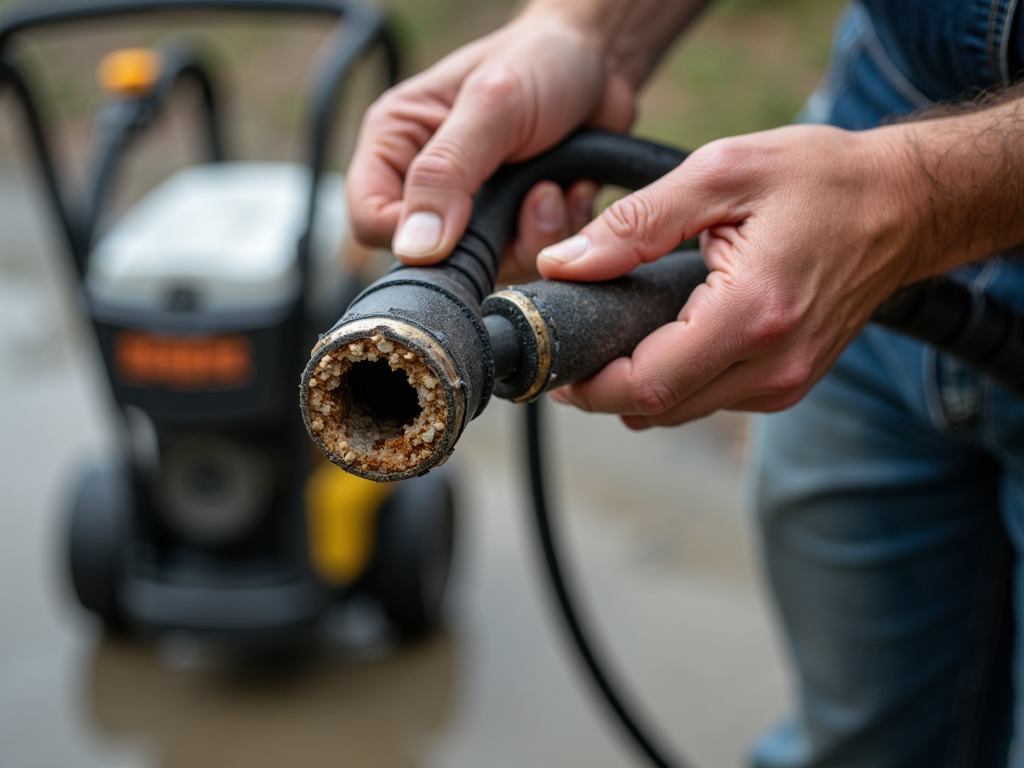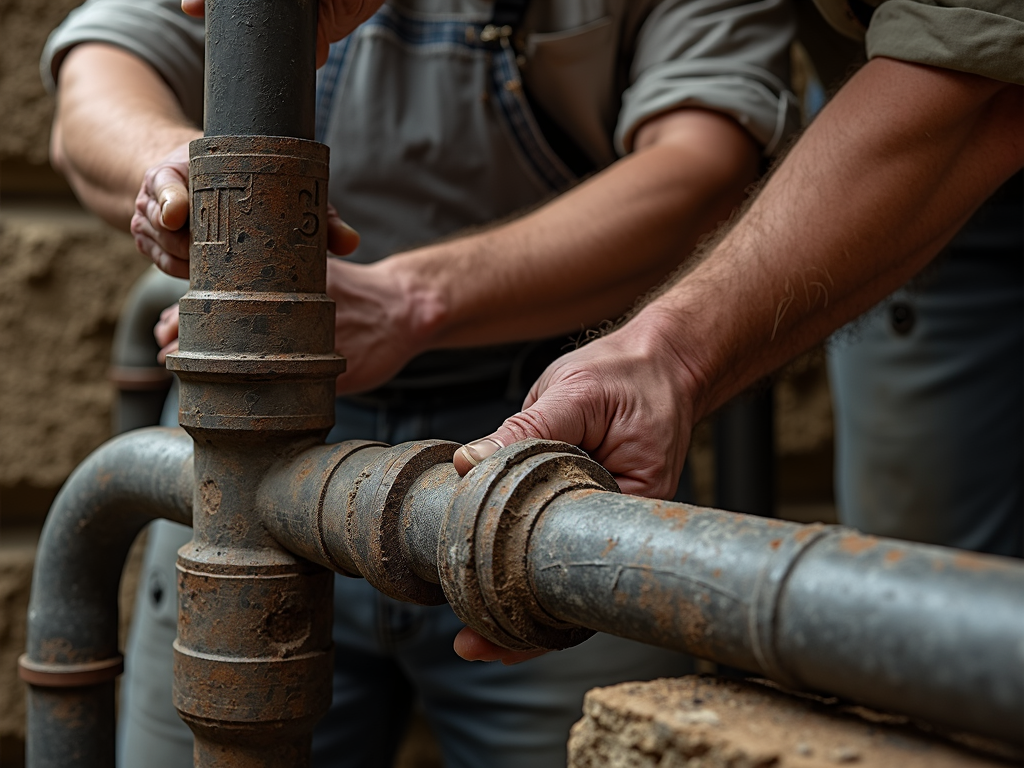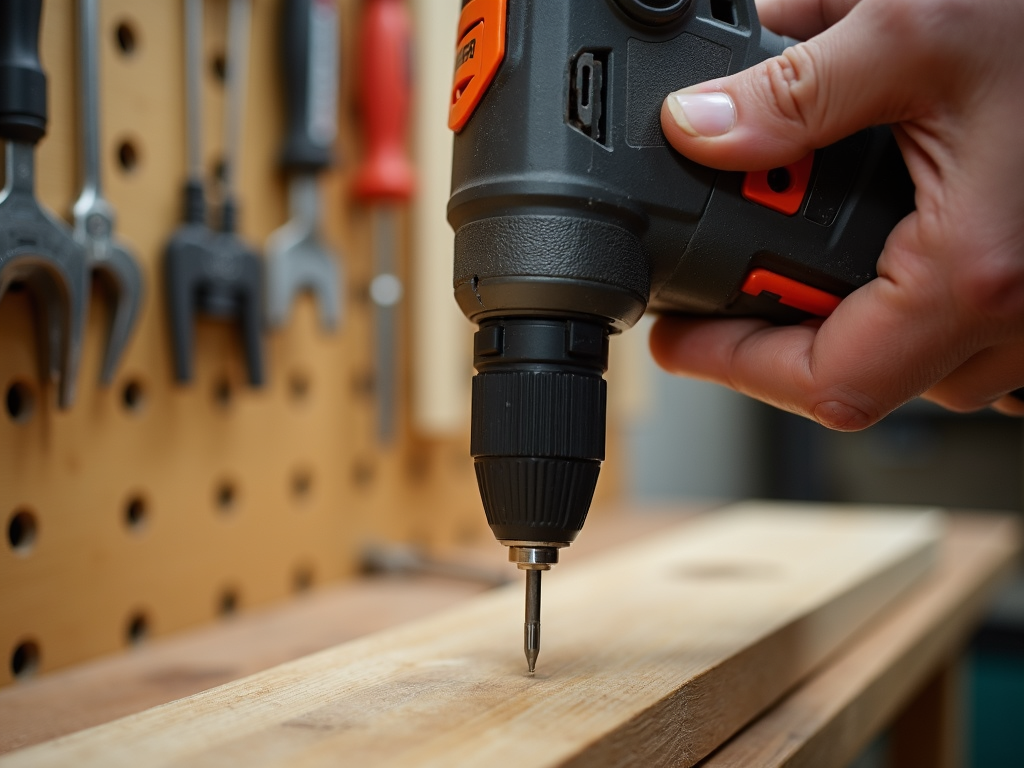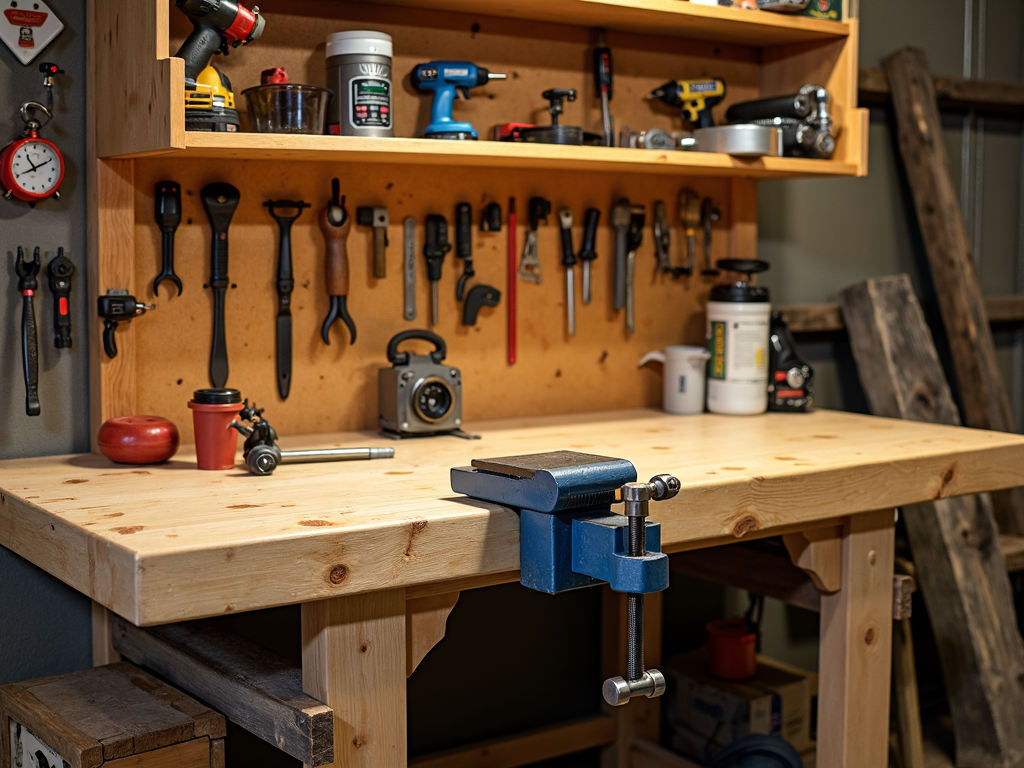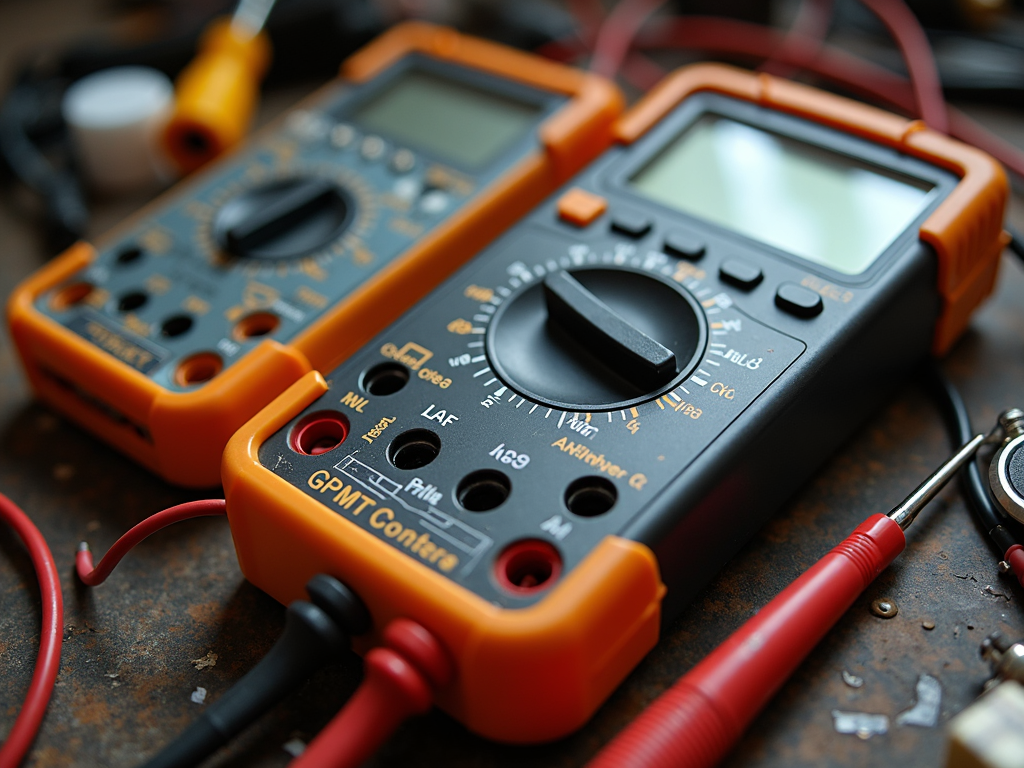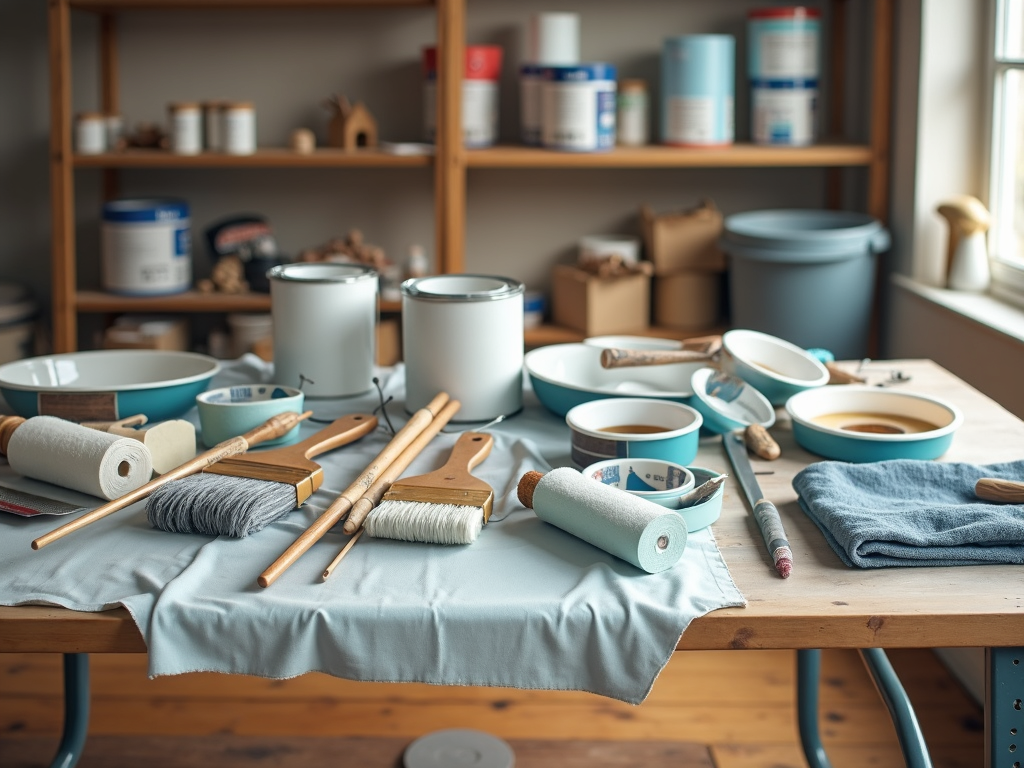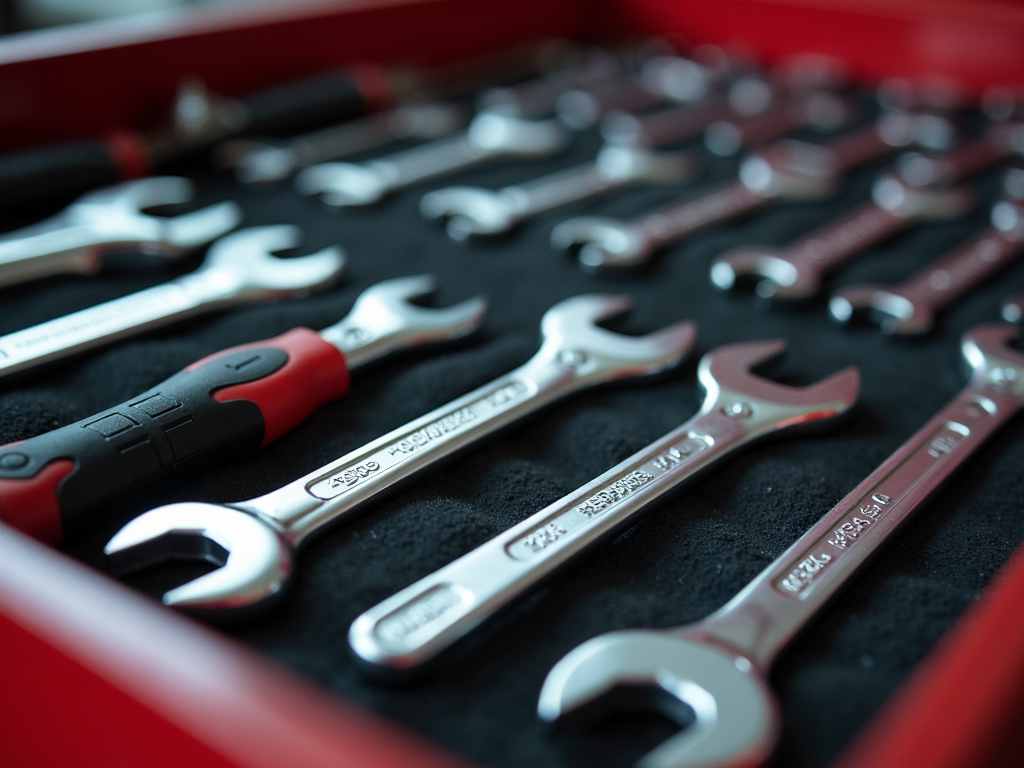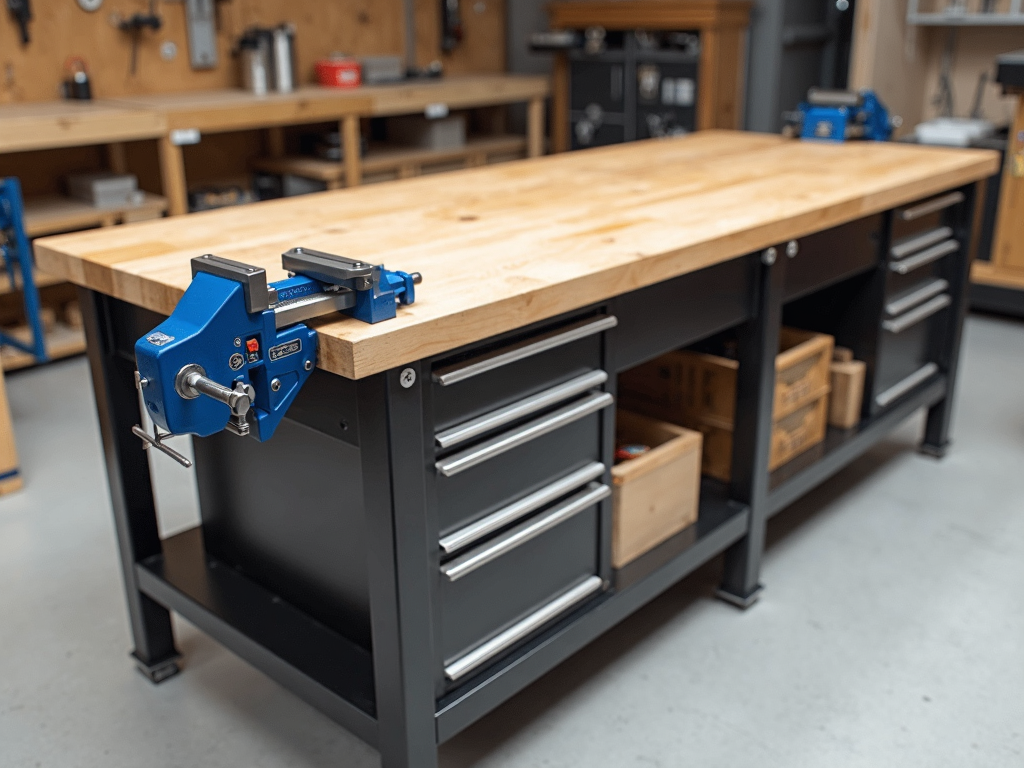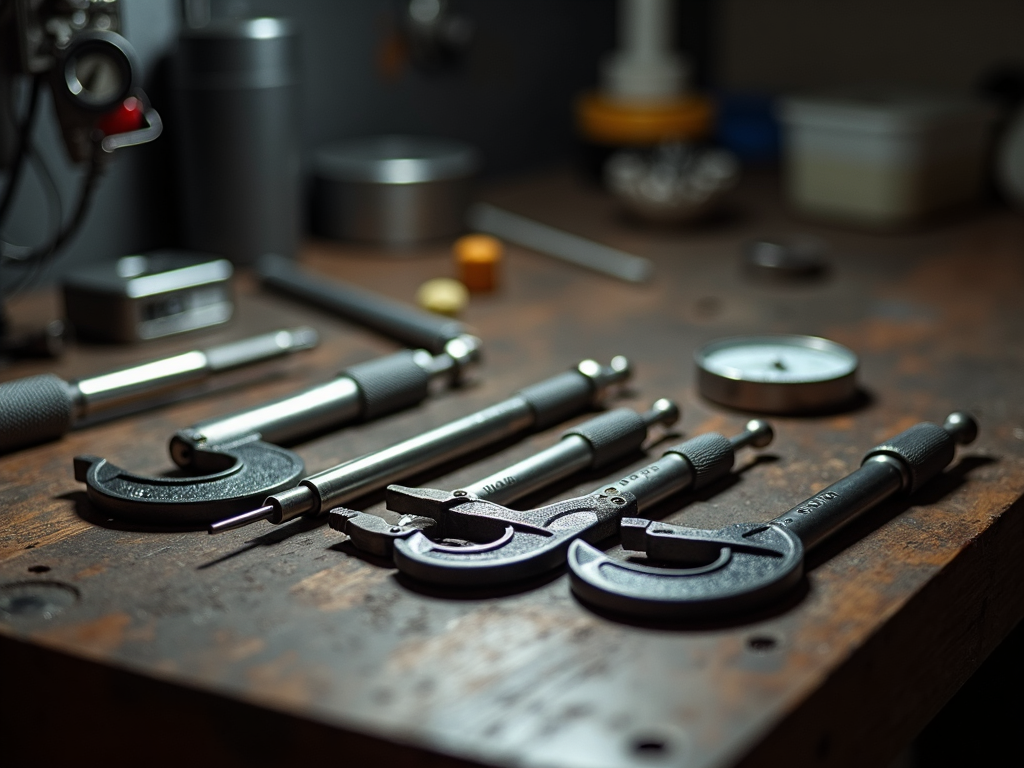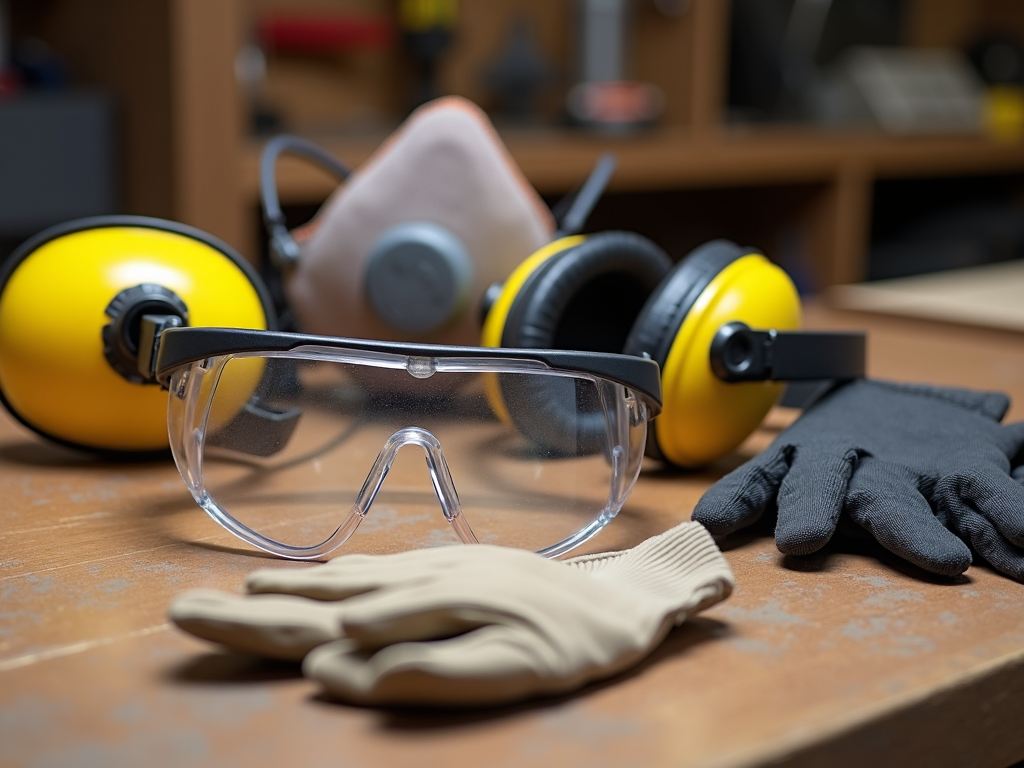Overview
Woodworking is a fun and rewarding hobby that lets you build useful, beautiful items. To succeed, you need the right tools. This article dives into the Essential Woodworking Tools for DIY Enthusiasts, offering practical advice and personal insights for beginners.
Why Woodworking Tools Matter
Starting a woodworking project without the right tools is like cooking without a stove—frustrating and inefficient. Quality woodworking tools help you work smarter, safer, and with better results. Whether you’re a beginner or leveling up, having the Top 10 Essential Tools for Every DIY Enthusiast makes all the difference.
Essential Tools for DIY Woodworking Enthusiasts
Let’s break down the tools you’ll need into four key categories. Each one plays a unique role in turning raw wood into something amazing.
Hand Tools
Hand tools are the backbone of woodworking. They’re simple, reliable, and give you control.
- Hammer: Drives nails and adjusts pieces. Pick one with a comfy grip—around 16 ounces works for most tasks.
- Screwdrivers: Tighten screws and assemble parts. Get a set with flathead and Phillips tips.
- Chisels: Shape wood or clean up joints. Start with a ¼-inch to 1-inch set.
- Hand Saw: Cuts wood by hand. A crosscut saw is great for beginners.
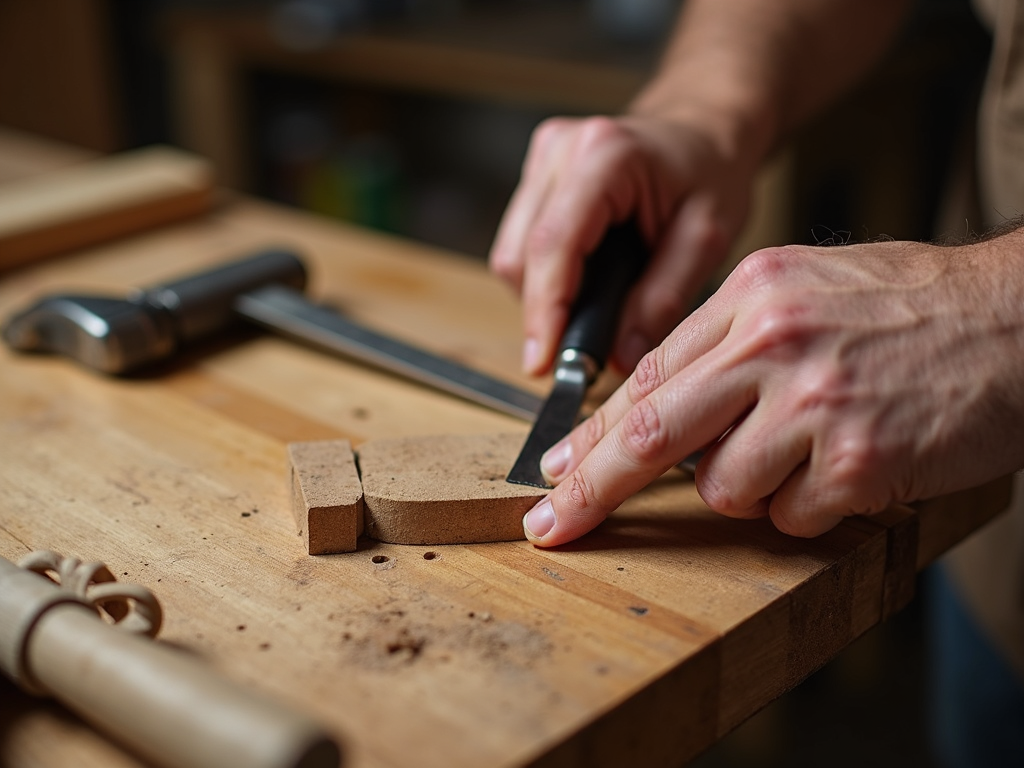
Power Tools
Power tools speed things up and tackle bigger jobs. They’re game-changers once you master them.
- Drill: Drills holes and drives screws. A cordless 12-volt model is versatile and portable.
- Circular Saw: Makes fast, straight cuts. Perfect for plywood or boards.
- Jigsaw: Cuts curves and shapes. Use it for detailed designs.
- Sander: Smooths surfaces for a polished finish. An orbital sander is beginner-friendly.
For more on choosing power tools, check out this guide from Popular Woodworking.
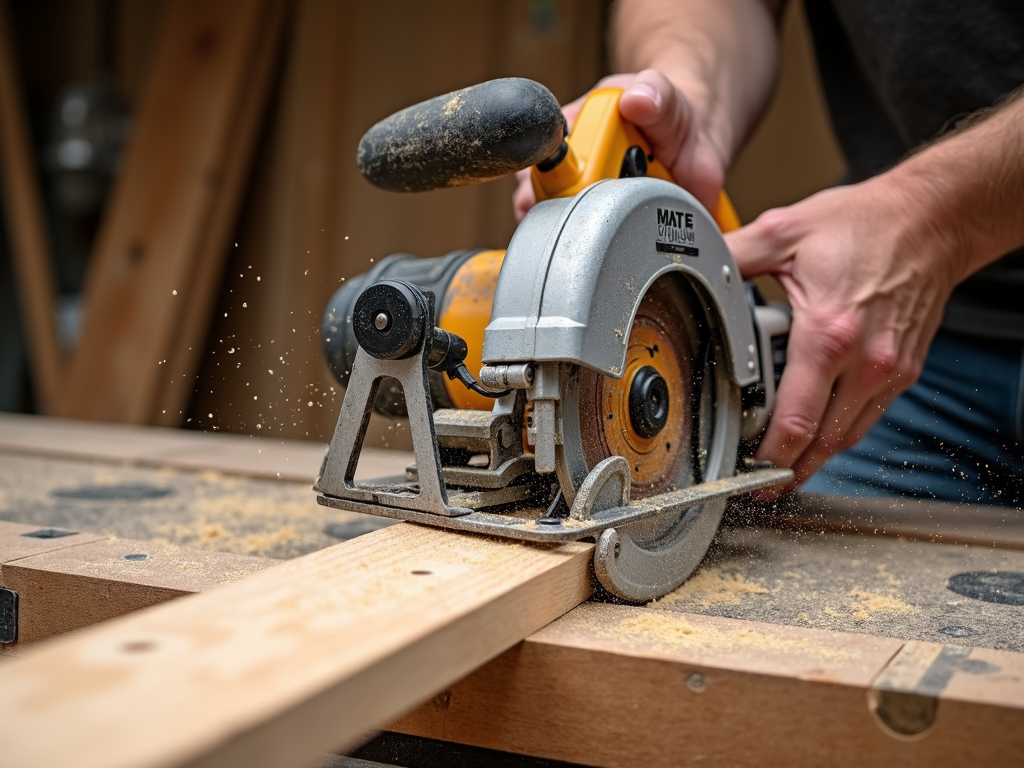
Measuring and Marking Tools
Accuracy is everything in woodworking. These tools keep your cuts and joints on point.
- Tape Measure: Measures lengths. A 25-foot tape with a lock is ideal.
- Level: Checks if surfaces are even. A 2-foot bubble level does the trick.
- Square: Marks 90-degree angles. A combination square is a solid pick.
- Marking Gauge: Scratches lines for precise cuts. Simple but effective.
Safety Equipment
Safety comes first. These items protect you while you work.
- Safety Glasses: Shield your eyes from dust and chips.
- Ear Protection: Blocks loud tool noise. Earmuffs or plugs work well.
- Dust Mask: Keeps sawdust out of your lungs.
- Work Gloves: Guards hands from splinters and cuts.

Tips for Beginners
New to woodworking? Here’s how to get started without stress.
- Start Small: Build a box or picture frame first. Simple projects build confidence.
- Buy Quality: Cheap tools break fast. Spend a bit more for durability.
- Practice Safety: Read tool manuals and watch tutorials. Safety saves fingers.
- Ask for Help: Local woodworking groups or online forums are goldmines for advice.
A study from Purdue University’s Wood Research Lab shows beginners improve faster with hands-on practice and mentorship.
My Woodworking Journey
I’ll never forget my first project: a wobbly stool. I grabbed a hammer, some nails, and a hand saw, thinking that was enough. It wasn’t pretty, but it taught me a ton. Years later, I built a dining table using a drill, circular saw, and sander. The feeling of sitting at something I made? Priceless.
Woodworking teaches patience. Mistakes happen—like when I mismeasured a shelf—but each one makes you better. Stick with it, and you’ll surprise yourself.
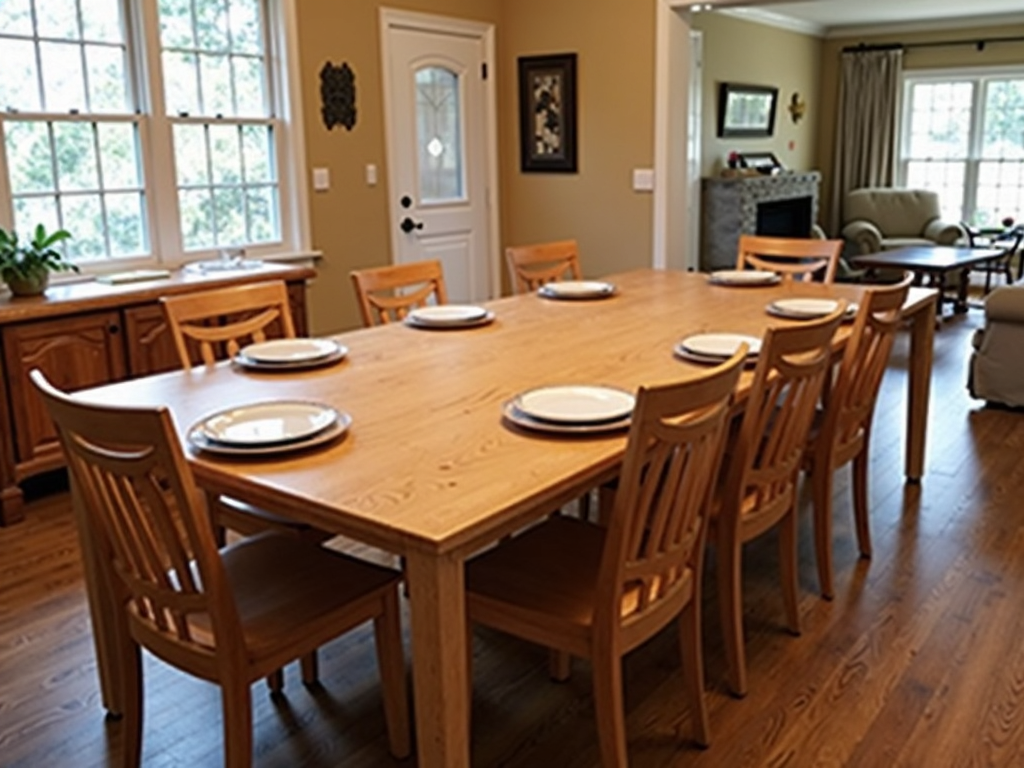
Choosing the Right Tools
Not sure where to start? Here’s a quick table of the Top 10 Essential Tools for Every DIY Enthusiast and their uses:
| Tool | Use | Beginner Tip |
|---|---|---|
| Hammer | Driving nails | Get a claw hammer |
| Screwdrivers | Fastening screws | Buy a multi-tip set |
| Chisels | Shaping wood | Sharpen before use |
| Hand Saw | Cutting wood | Practice straight cuts |
| Drill | Drilling holes | Start with a basic model |
| Circular Saw | Straight cuts | Use a guide for accuracy |
| Jigsaw | Curved cuts | Go slow on tight turns |
| Sander | Smoothing surfaces | Sand with the grain |
| Tape Measure | Measuring | Double-check numbers |
| Safety Glasses | Eye protection | Wear every time |
This list covers most projects. Add tools as your skills grow.
Beyond Woodworking: A Note on Plumbing Tools
While this guide focuses on woodworking tools, DIY fans might also explore plumbing projects. Tools like wrenches and pipe cutters are key for workman tools for plumbing. Curious? Check out A Beginner’s Guide to Plumbing Installation Techniques—it’s a different skill set, but just as rewarding.
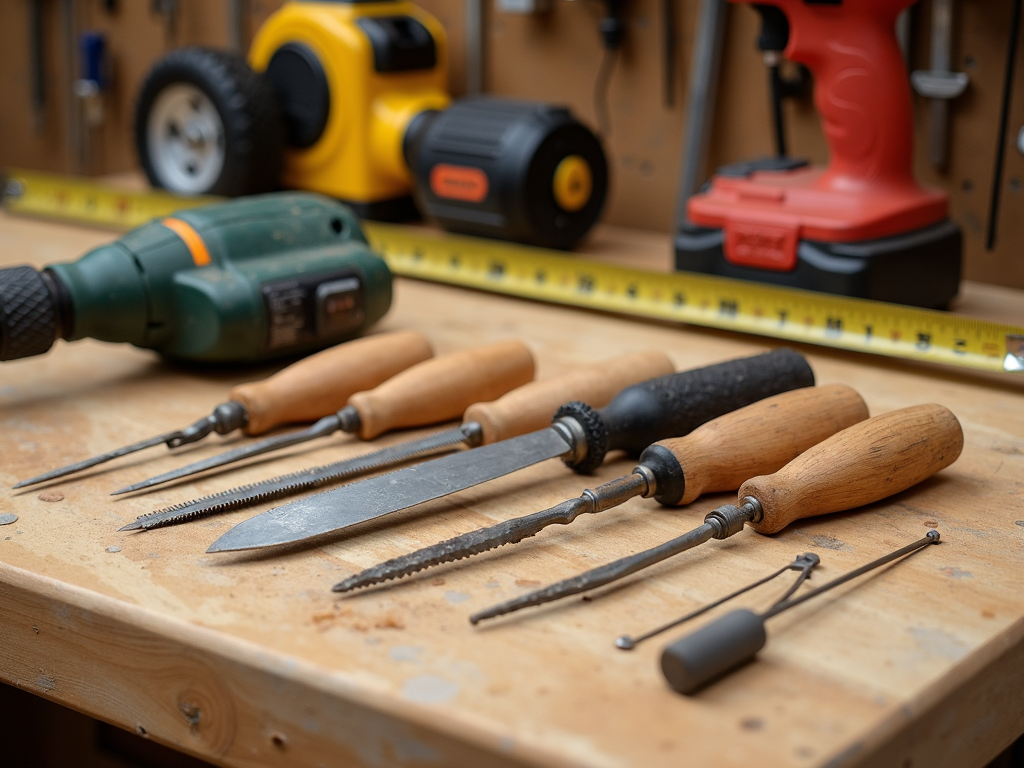
Summary
The Essential Woodworking Tools for DIY Enthusiasts—from hammers to sanders—set you up for success. Start with quality basics, practice safe habits, and enjoy the process. Your first project might not be perfect, but it’ll be yours. Ready to dive in? Explore more with the links below.
Related Essential Woodworking Tools for DIY Enthusiasts:
- Essential Power Washer Maintenance Tips for Longevity
- The Evolution of Plumbing Tools and Techniques
- Safety Tips for Using Wrenches Effectively
- Corded vs. Cordless Drills: Which Is Right for You?
- Top Features to Look for in a Workbench: A Comprehensive Guide
- How to Pick the Right Multimeter for You
- Painting Like a Pro: Essential Tools and How to Care for Them
- The Ultimate Guide to Choosing the Right Wrench for Every Job
- Comprehensive Guide to Tool Maintenance and Care Tips
- The Evolution of Workbenches: From Basic to Advanced Designs
- Precision Tools for Every Craftsman: A Comprehensive Guide
- Safety Tips for Workshop Enthusiasts: A Comprehensive Guide
